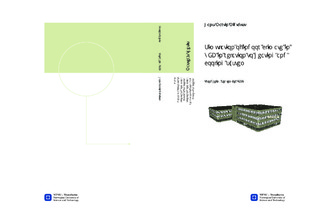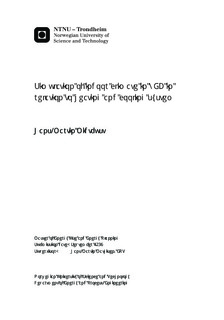| dc.description.abstract | The purpose of this thesis was to study how the heating-, cooling- and ventilation systems affected the temperature distribution between the different zones in a building. Powerhouse Kjørbo is equipped with central radiator heating without radiators in the office cells. Temperature distribution in the office cells is therefore dependent on air flows through open doors and supply air from the ventilation.Evaluations of temperatures and thermal indoor climate for the office cells would have to be conducted, in order to examine if the temperature distribution was sufficient. A simulation model was therefore created.A Simulation model in IDA ICE was built as similar as possible compared to the actual building. Evaluations of the thermal indoor climate were done by analyzing the simulation results from IDA ICE. The simulations were performed with the aim of examining how different actions affect the temperature and thermal indoor climate in the office cells.The winter simulations showed that the office cells achieved low temperatures and a bad thermal indoor climate by only keeping the doors open outside the residence time. This meant that the temperature distribution through the doors was insufficient. By performing actions like increasing the set point for heating and supplying hot ventilation air, good indoor temperatures and a good thermal indoor climate were achieved.The summer simulations showed that the operative temperature exceeded 26 °C, when no actions to prevent high indoor temperatures were performed. Further, the simulation results showed that external window shading and increased supply of ventilation air was effective for preventing high indoor temperatures. Good results for temperatures and thermal indoor climate were achieved, when these actions were included in the simulation model.The results from the simulations showed that a good thermal indoor climate can be achieved in the office cells, both summer and winter, if the correct actions are implemented. | nb_NO |

